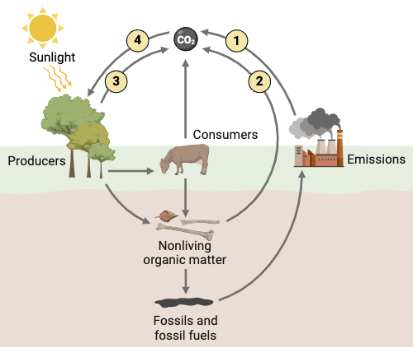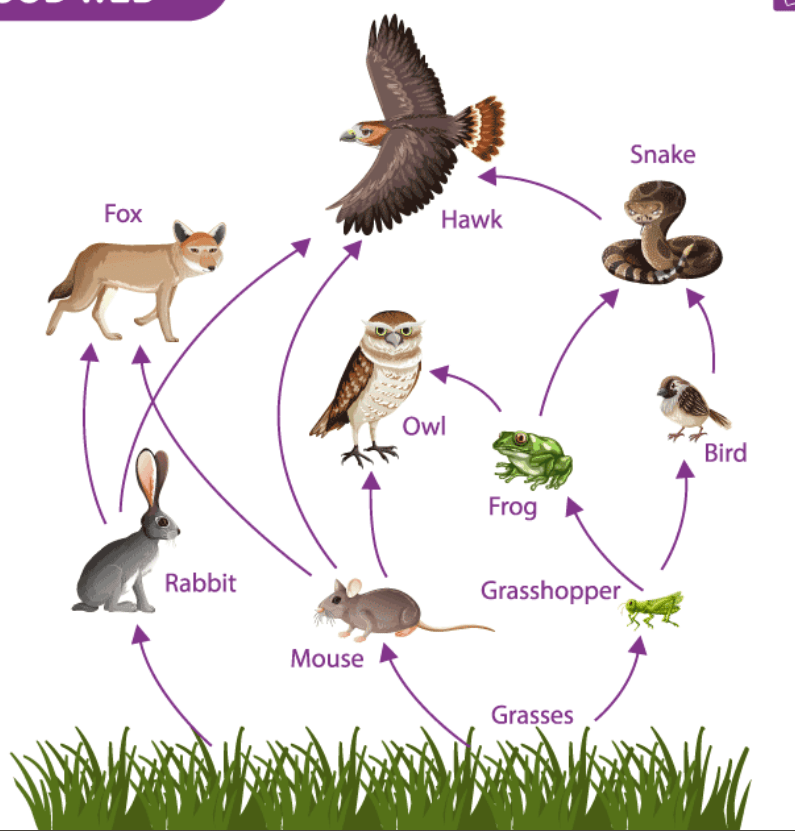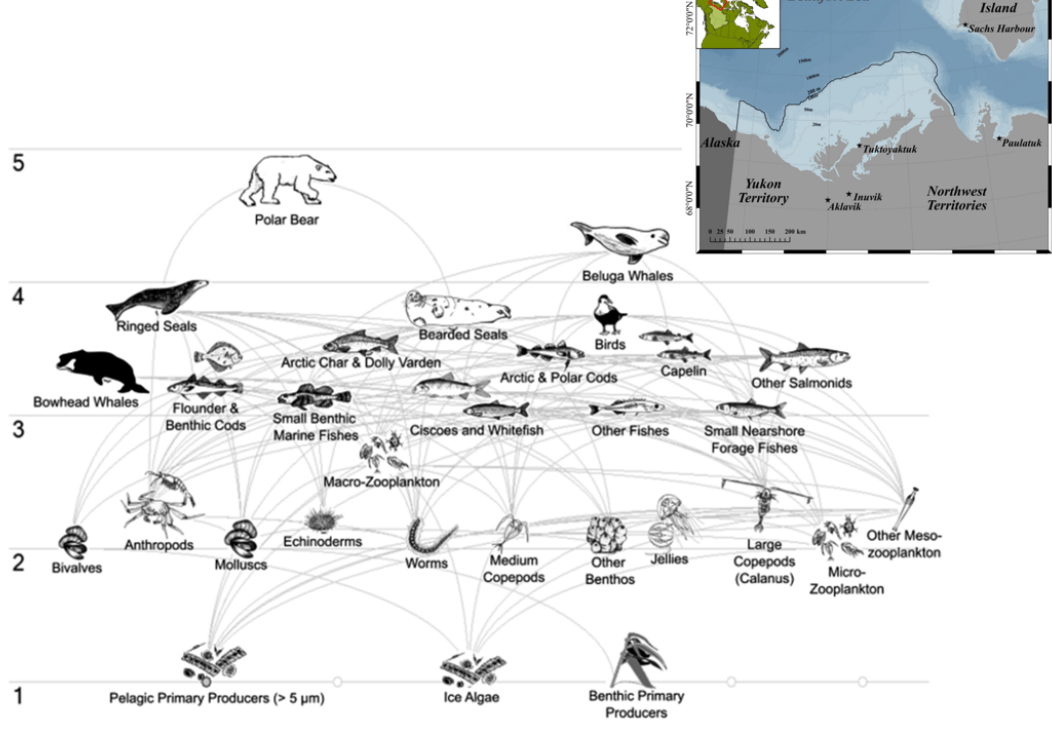What kingdom uses photosynthesis to get energy?
Plants
Does cellular respiration require sunlight?
No it does not.
What is the MOST common type of producer?
Plants
What is the name for something that eats meat/ other consumers?
Carnivore, secondary consumer, tertiary consumer, quaternary consumer
What is a carbon reservoir? Give one example.
A place that stores carbon in ANY form.
EX- Ocean, atmosphere, biosphere (plants and animals), geosphere (soil, fossil fuel deposits) etc.
18.5% of a human is carbon!
What acts as a catalyst in photosynthesis?
Sunlight
What is the purpose of cellular respiration?
To make a usable form of energy called ATP (adenosine triphosphate)
What is the name for something that eats plants?
Herbivore, primary consumer, heterotroph
What is the name for something that eats BOTH consumers and producers?
Omnivore
 Explain how humans disturbing the Carbon Cycle from both ends?
Explain how humans disturbing the Carbon Cycle from both ends?
By burning fossil fuels AND deforestation
What are the products of photosynthesis?
Glucose and Oxygen
What are the products of cellular respiration?
Carbon dioxide and water and a usable form of energy called ATP (adenosine triphosphate)
What is the name for something that makes its own food?
Autotroph

Explain what will happen if disease kills off the grasshoppers and their population declines rapidly.
The population of frog and birds will also decrease, leaving snakes to find another source of food, and the owl to rely on the mouse population for a source of food.
A group of dead organisms gets covered by mud. Over long periods, they become fossil fuels. How does the carbon moves in this scenario?
(Hint: From what sphere to what sphere?)
The carbon moves from the BIOSPHERE to the GEOSPHERE
What are the reactants of photosynthesis?
Carbon dioxide and water
What are the reactants in cellular respiration?
Glucose and oxygen
A coyote is an example of what?
 Name one PRIMARY CONSUMER.
Name one PRIMARY CONSUMER.
Molluscs, Copepods, Bivalves, Echinoderms, Jellyfish, Zooplankton
What is the long term effect of atmospheric CO2 levels increasing over geological timescales?
Putting holes in our ozone layer, increasing surface temperatures, affecting weathering events, etc.
What is the primary role of chlorophyll in the process of photosynthesis?
To convert carbon dioxide and water into glucose and oxygen.
Mitochondria are often referred to as the "powerhouses" of the cell. Explain the process that occurs within the mitochondria that earns them this title, including the main molecule produced.
It is the organelle in the cell of most* living organisms (to include animals, plants, fungi, protists and many bacteria) that takes the reactants oxygen and glucose and converts it to a usable form of energy called ATP (adenosine triphosphate).
A remote aquatic ecosystem is contaminated with a non-biodegradable toxin. Scientists want to determine the minimum required biomass of primary producers (Trophic Level 1) needed to support a single tertiary consumer (Trophic Level 4) with a final mass of 100 kg over its lifetime. Assuming an average ecological efficiency of 10% between each trophic level, what is the required minimum biomass of primary producers, in kilograms?
100,000 kg of biomass
How would the complete eradication of a keystone tertiary consumer, followed by the immediate introduction of a highly invasive primary consumer, impact the overall stability, species richness, and energy transfer of a ecosystem?
The ecosystem's stability, species richness, and energy transfer would all likely decrease initially, driving the system toward a state of ecological simplification dominated by the newly introduced primary consumer.
The atmosphere's concentration has varied naturally between 180 ppm(during ice ages) and 280 ppm (during warmer interglacial periods). This 100 ppm difference is equivalent to moving roughly 210 billion tons of carbon between the atmosphere/surface ocean and another large reservoir.
The deep ocean is the largest active carbon reservoir, storing about 60 times more carbon than the pre-industrial atmosphere. The slow mixing of deep water acts like a pump, sequestering carbon for centuries.
How do cooling events help keep the atmospheric concentration of CO2 levels lower?
1. Colder water holds more gas.
2. This lower temperature makes CO2 more soluble in the surface water.
3. Something else?